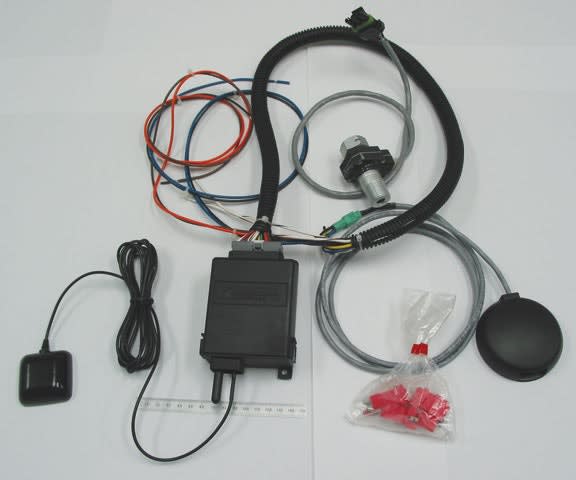Today, with the immediacy of worldwide coverage through streaming video and airborne news cameras, Hollywood and the media have found a niche market in the coverage of endless police pursuits as well as creating fictional ones in film. This glamorization of "the chase," however, is at odds with policing efforts to limit the number of pursuits and end them without loss of life or property. Now, emerging technologies may offer a solution once thought impossible: to stop a fleeing violator quickly, yet safely. The news may be more boring without a pursuit to break the tedium, but the police and the citizenry will breathe easier knowing their communities are safer.
Limiting the number of pursuits and ending them without loss of life or property, sadly, is a continuing challenge for law enforcement. In fact, the number of deaths each year following a police pursuit typically exceeds that due to any other police activity.
The National Highway Traffic Safety Administration (NHTSA) recorded a total of 2,654 fatal crashes involving 3,965 vehicles between 1994 and 2002 as a result of police pursuits in the United States. Unfortunately, 3,146 persons lost their lives in these incidents.
Of the total number of fatalities, 1,088 deaths were of persons not in the fleeing vehicle (the vast majority of which were not involved in the pursuit in any way prior to their death). 102 of the fatalities were pedestrians or bicyclists, 40 were police officers, and 946 were occupants of vehicles uninvolved in the police pursuit.
Additional research with agencies in Florida, Nebraska, and South Carolina revealed that in more than 1,200 police pursuits, property damage occurred 20 to 40 percent of the time, and injuries from crashes resulted 12 to 41 percent of the time.












